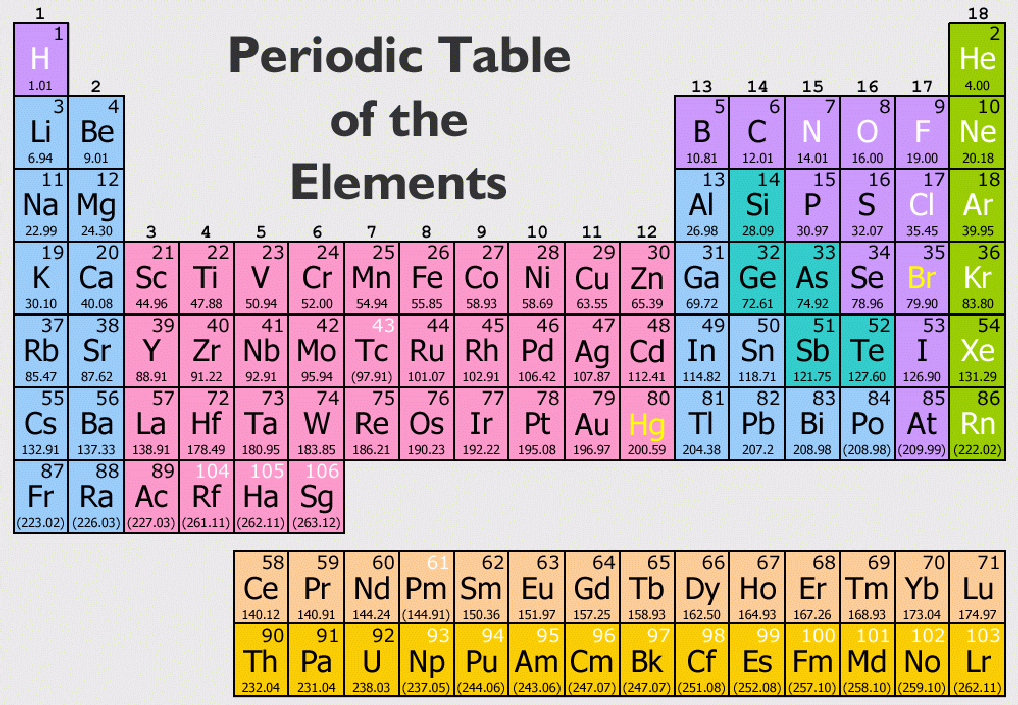

baseline, which will put the text as close to the bottom of the cell as it is possible, but align it on the baseline of the characters instead of the bottom of them.This attribute specifies the vertical alignment of the text within each cell of the column. This attribute is used to indicate the number of characters to offset the column data from the alignment character specified by the char attribute. If align is not set to char, this attribute is ignored, though it will still be used as the default value for the align of the which are members of this column group. Typical values for this include a period (.) when attempting to align numbers or monetary values. This attribute specifies the alignment of the content in a column group to a character. To achieve a similar effect, use the CSS background-color property. One of the predefined color keywords can also be used. It is a 6-digit hexadecimal RGB code, prefixed by a ' #'. If the table does use a colspan attribute, the effect can be achieved by combining adequate CSS attribute selectors like, though this is not trivial. Only after this selector the text-align property can be used. If the table doesn't use a colspan attribute, use one td:nth-child(an+b) CSS selector per column, where 'a' is the total number of the columns in the table and 'b' is the ordinal position of this column in the table. Because elements are not descendant of the element, they won't inherit it. Note: Do not try to set the text-align property on a selector giving a element. Allowing cross-origin use of images and canvas.HTML table advanced features and accessibility.

From object to iframe - other embedding technologies.Assessment: Structuring a page of content.


 0 kommentar(er)
0 kommentar(er)
